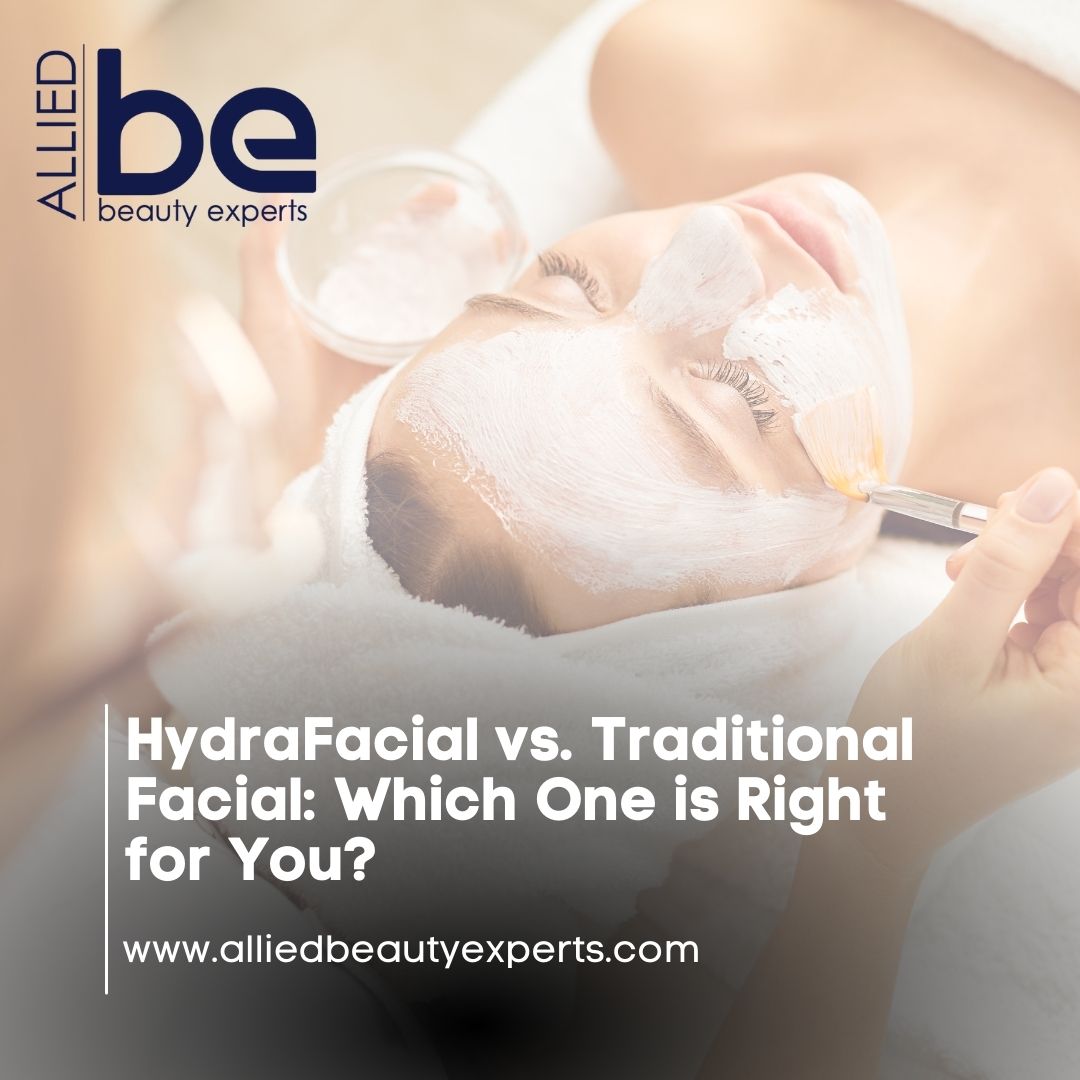When it comes to skincare, facials are a popular treatment choice for achieving a radiant and healthy complexion. With various options available, it can be challenging to determine which facial treatment is right for your skin. Two commonly discussed options are HydraFacial and traditional facials.
What is a HydraFacial?
A HydraFacial is a non-invasive, multi-step facial treatment that uses a specialized machine to cleanse, exfoliate, extract impurities, and hydrate the skin. The treatment is known for its ability to deliver immediate results with minimal downtime. Here’s how a typical HydraFacial works:
- Cleansing and Exfoliation: The skin is gently cleansed to remove dead skin cells and prepare it for deeper treatment.
- Acid Peel: A mild acid peel is applied to help loosen and dissolve dead skin cells and impurities.
- Extraction: The HydraFacial machine uses a suction device to remove debris from pores without causing irritation.
- Hydration: A serum rich in antioxidants, peptides, and hyaluronic acid is infused into the skin to provide deep hydration and nourishment.
Protection: The treatment concludes with the application of a protective serum or moisturizer
What is a Traditional Facial?
Traditional facials use a variety of techniques and products designed to address specific skin concerns. These facials can vary widely depending on the spa or salon and may include steps such as:
- Cleansing: A thorough cleansing process to remove makeup, dirt, and impurities.
- Exfoliation: Physical exfoliants (scrubs) or chemical exfoliants (acids) are used to slough off dead skin cells.
- Steam: Steam may be applied to open up pores and make extractions easier.
- Extraction: Manual extraction of blackheads and whiteheads if necessary.
- Mask: A mask tailored to the skin type (hydrating, purifying, calming, etc.) is applied.
- Moisturizing: A moisturizer is applied to nourish and protect the skin.
Key Differences
- Technology vs. Manual Techniques: HydraFacial uses a machine with advanced technology to perform the treatment steps, while traditional facials rely more on manual techniques and products.
- Customization: Traditional facials can be highly customizable depending on the specific skin concerns and needs, whereas HydraFacial treatments follow a standardized process with a focus on hydration and extraction.
- Downtime: HydraFacial typically requires little to no downtime, making it a convenient option for those with busy schedules. Traditional facials may involve more downtime depending on the techniques and products used.
- Results: HydraFacial provides immediate results with a focus on hydration, brightening, and smoothness. Traditional facials may offer a range of results depending on the type of facial and the skin concerns being addressed
Which One is Right for You?
Choosing between a HydraFacial and a traditional facial depends on your individual skin needs and preferences:
- HydraFacial: Ideal if you’re looking for a quick, effective treatment with immediate results and minimal downtime. It’s particularly beneficial for those with dry, dull, or congested skin.
- Traditional Facial: Best for those who prefer a more personalized approach and want to address specific skin concerns such as acne, aging, or sensitivity. Traditional facials can be tailored to target a wide range of issues and may offer more in-depth treatments.

